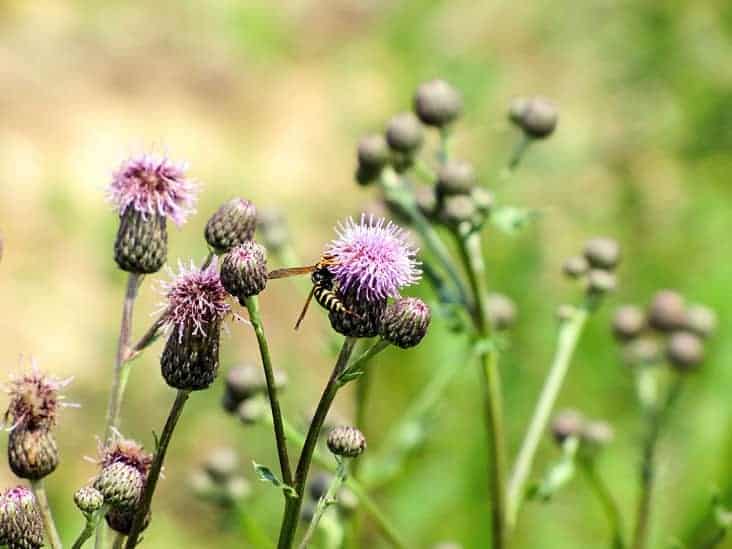The alien invasion has started, and they are already among us.
I know this sounds like the title and plot for an old B-movie but plants, animals, insects and aquatic life that are not native to an area are considered alien and if they start to take over and kill off local species then they are considered invasive.
Now, there are some demented biologists, rabid ecologists and dim-witted bureaucrats who are fond of crowing, “Kill them. Kill them all!” when it comes to invasive species.
I don’t want to make light of the harm they can cause, because they can truly devastate some ecosystems. However, to combat them the government bureaucrats and some biologist have to get a grip. They also have to consider the natural ebb and flow of nature.
Image what the NWT looked like when the last ice age ended around ten thousand years ago. Vast glaciers were retreating and what was left was a bunch of meltwater, exposed rock and glacial till.

All the plants, fungi, insects, fish, birds and mammals, including humans, here today are invasive and alien species. Which begs the question: how long does a species need to live in an area to turn from being an invasive species to a native one?
Nature is always changing and species, if they are doing well, are always pushing the boundaries of their range. This is a natural part of nature and life on the planet. So, the biologists and government must take this into consideration when they get bent out of shape over nature being nature.
I came across a GNWT pamphlet on invasive species.
“Clean your vehicles, boats and outdoor equipment including outdoor footwear, before entering the NWT or before using this equipment,” it states.
Unless the government was to set up washing stations at the border and put in armed guards to force people to comply, that just isn’t going to happen.
Next, when an old mine site gets reclaimed a crew of people are supposed to go over the site and eradicate any so called invasive species they encounter. So, you would have a small parcel of land with no invasive species but it could be surrounded by alien species growing happily. This is an expensive, time consuming procedure that accomplishes nothing.
The government also suggests that people report invasive species when they see them.
I would like to report that Yellowknife is chock-a-block with alien species. Every spring trucks full of invasive plants, ornamental trees, shrubs and seeds arrive in the city and get planted all over the place by individuals, the city and even the GNWT. Can you imagine what Yellowknife would look like if all of these were removed? It would be much less lush around here.
If you put in a major transportation route, alien and a few invasive species will inevitably hitch a ride. The St. Lawrence Seaway is a great example. Lamprey eels and zebra mussels are using the seaway to spread. So whether it’s a seaway, a road or an airline route, alien species inevitably hitch a ride.
Gardeners, exotic pet owners and even farmers have to realize what they are bringing in and the consequences of their actions. Purple loosestrife, giant hogweed and phragmites are three invasive species in Canada that are causing real problems and they were probably all brought in by gardeners who wanted to try something different.
The eastern grey squirrel and wild boars in Canada, cane toads and rabbits in Australia and Asian carp in the USA, were brought in because someone thought it was a good idea at the time. Yet they inevitably escaped their enclosures and they all have been wreaking havoc.
So, before anything exotic is brought into a country people have to think long and hard about what they are doing. They can forever change the local environment and ecology and cause billions of dollars of damage.